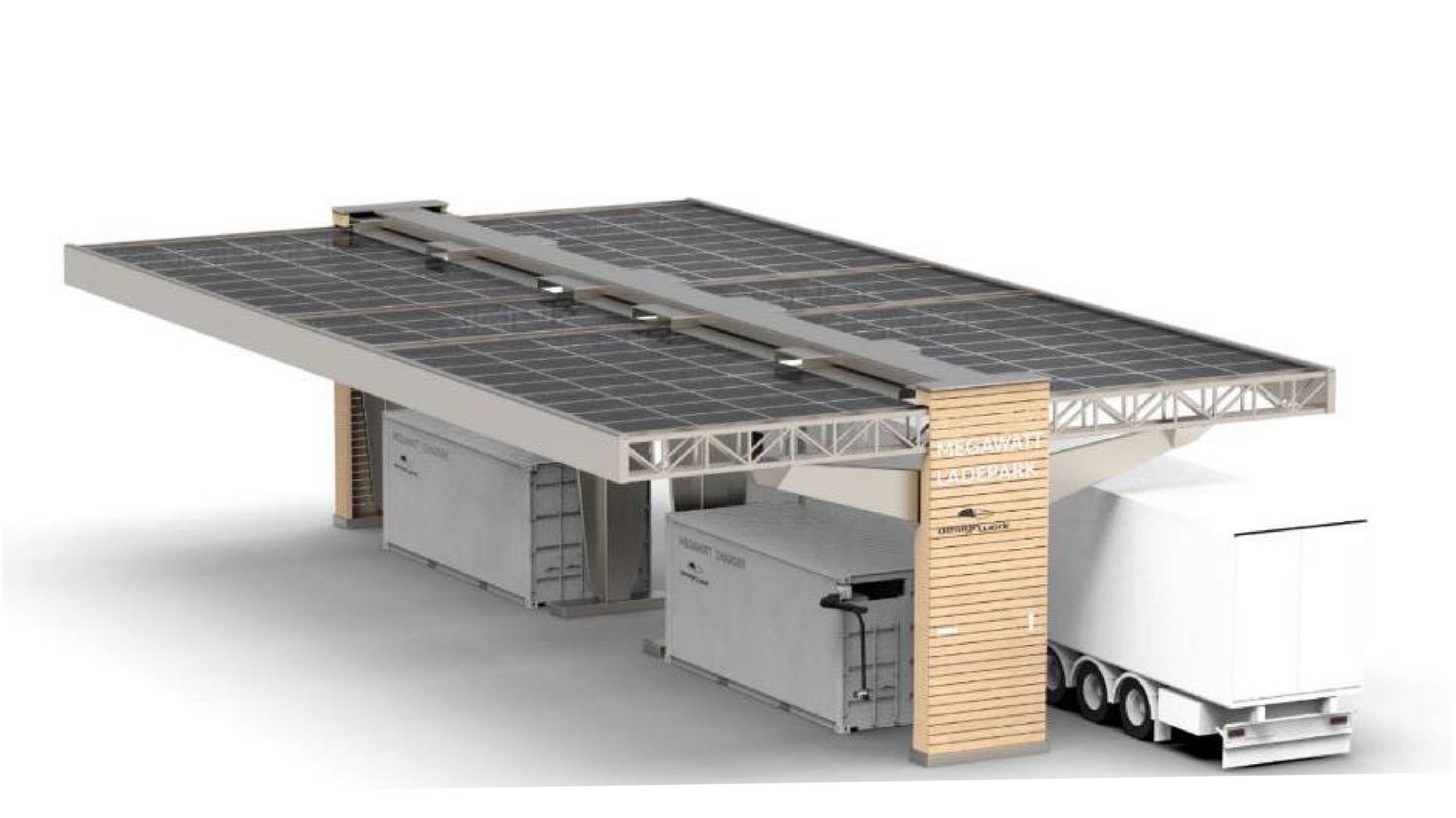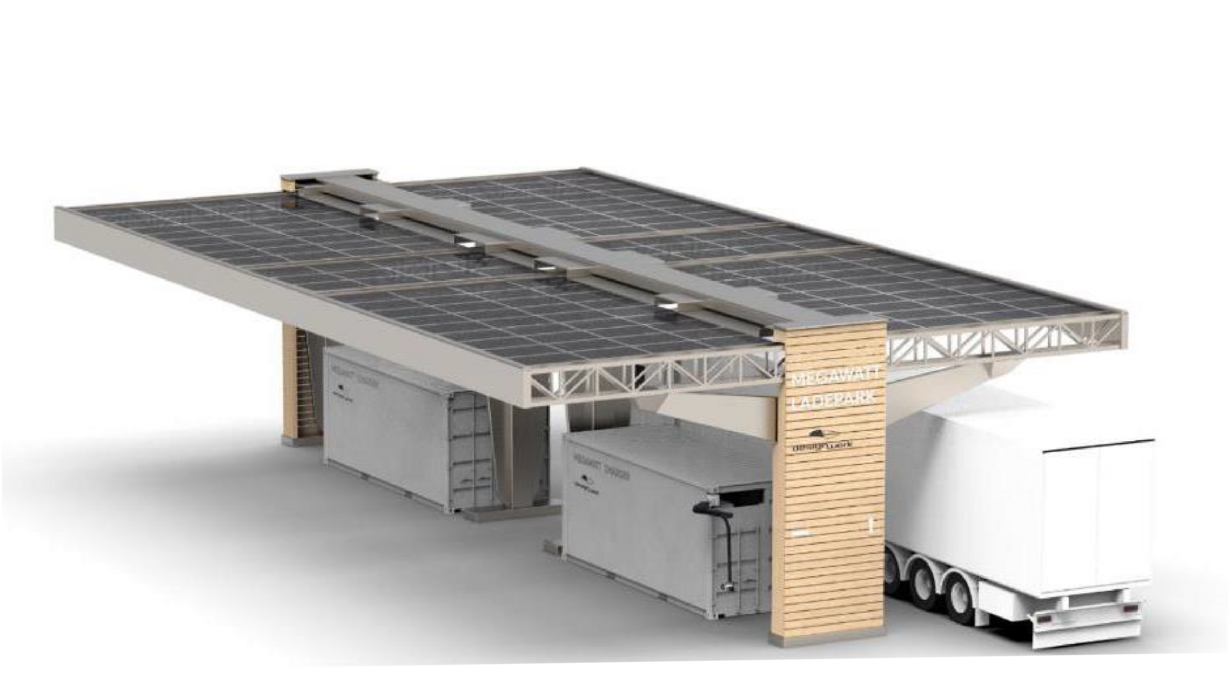Episode 87: E-truck fast charging

The electrification of heavy-duty transport is in full swing: sporadically, electrically powered trucks are already on Europe's roads, which - equipped only with batteries - can drive up to 600 km at a stretch with a payload before recharging. But unfortunately, there are only very isolated charging stations for trucks in Germany so far. And, the larger the truck's battery capacity, the longer the charging time. That's why so many companies are hesitant to electrify their diesel-powered commercial vehicle fleets. Haulers and companies sometimes calculate the profitability of their commercial vehicles (like trucks) using the second Eurocent decimal place. Long waiting times are therefore not only unwelcome, but often unthinkable from a business perspective. In some locations, they are simply impossible, for example for the fire department, police, ambulance, THW or civil defense. Or just: for snow plows!
Megawatt charging is therefore set to establish itself as a kind of new standard in the next few years: With charging rates beyond 1,000 kilowatts, the new "MCS" charging system promises super-fast charging of these commercial vehicles. It operates at low voltages of up to 1,250 V with a maximum charging current of 3,000 amperes. However, these high currents can only be handled locally by using fairly thick copper cables (diameter: in some cases over 3 cm). Although this only involves cables from the buffer battery to the vehicle, it is associated with high costs and critical raw material usage.
Our guest for today, Markus Erdmann, is "Head of Product Management E-Truck" at "Designwerk", a Swiss manufacturer of electrified commercial vehicles. In the interview, our podcast guest explains how special vehicles such as snow plows, tankers and mine vehicles can be designed to be battery electric. In addition to various battery chemistries used at "Designwerk," it is also important to have the right architecture for the battery packs in the vehicle. Only in this way can a vehicle battery be accessible from the outside and one day be replaced.
Link: www.designwerk.com

